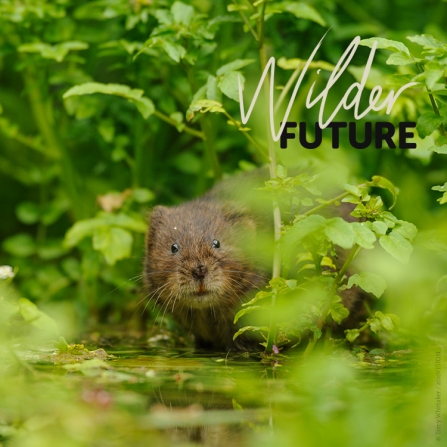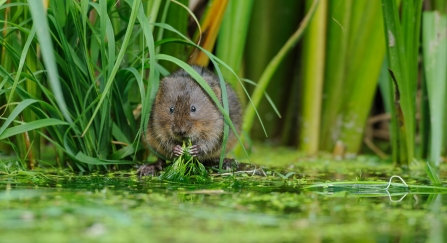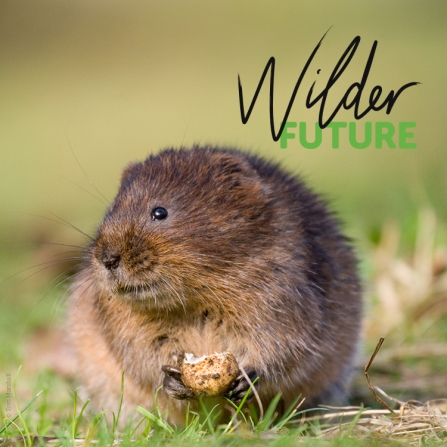But what of the real Ratty? Misconceptions abound. To start with, he isn’t a rat at all, but a water vole. You can tell this because his tail, ears and paws are furry, unlike a rat’s, and he much prefers a diet of reeds, sedges and other waterside plants to human refuse. Like Kenneth Graham’s loveable character, he is happiest in a burrow next to the river bank and seldom ventures far from the waterside, although he is also known to build football-sized nests suspended in reedbeds or tall vegetation. But he’s no staid country gentleman in tweeds. He eats 80% of his body weight every day just to stay alive, breeds up to eight times a year, and shows his disdain to predators by kicking mud in their faces.
Water voles are Britain’s fastest declining mammal. From 8 million in the 1960s – and probably many times that number when Wind in the Willows was published in 1908 – there were just over 200,000 fifteen years ago. That’s a 97.5% decline. Between the 1970s and the turn of the millennium, they vanished from rivers and in some cases whole counties, including Devon, where they were confirmed as extinct in 2000. And much of this decline is shockingly recent – numbers are thought to have dropped by a fifth between 2011 and 2014.




